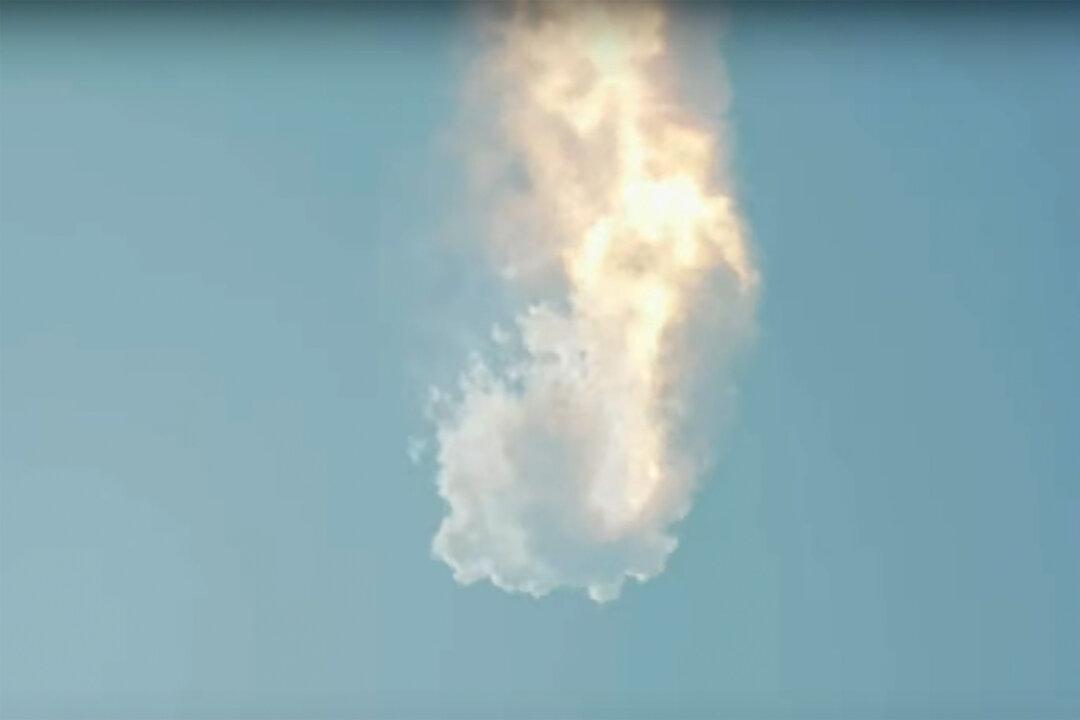Elon Musk’s SpaceX launched its first Starship rocket on the morning of April 20 in an uncrewed test flight that ended minutes later with the craft exploding in the sky over the Gulf of Mexico near Texas.
“As if the flight test was not exciting enough, Starship experienced a rapid unscheduled disassembly before stage separation,” the private space exploration company wrote on Twitter. “Teams will continue to review data and work toward our next flight test.”





